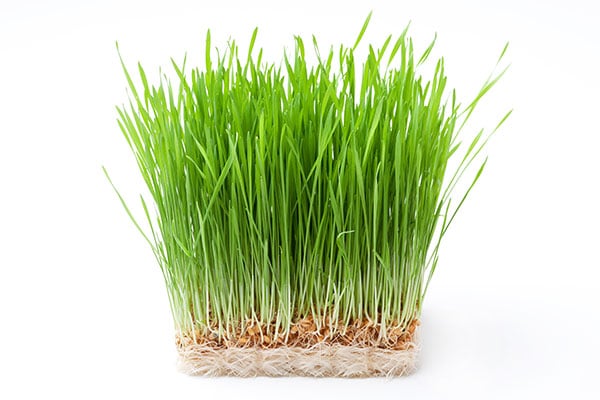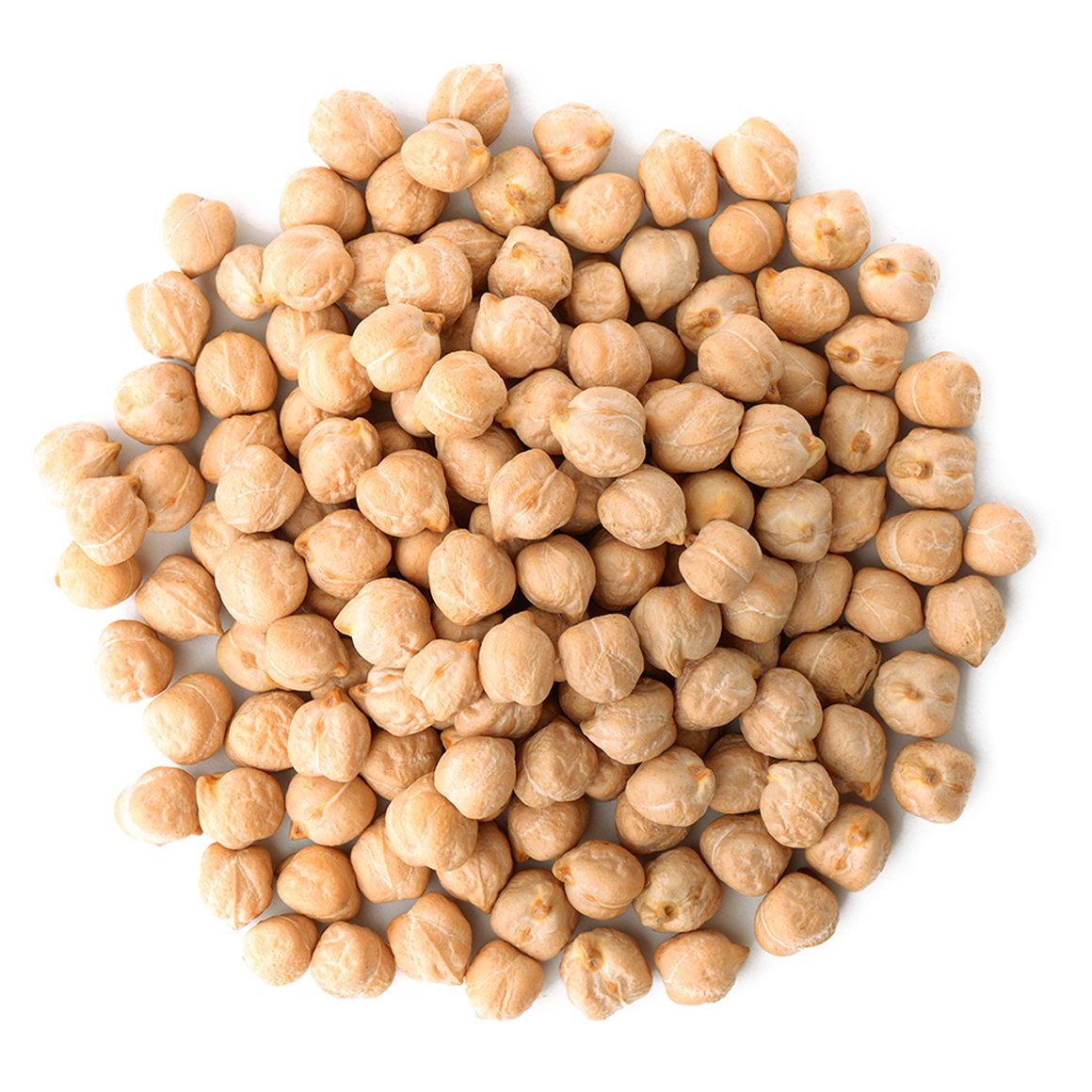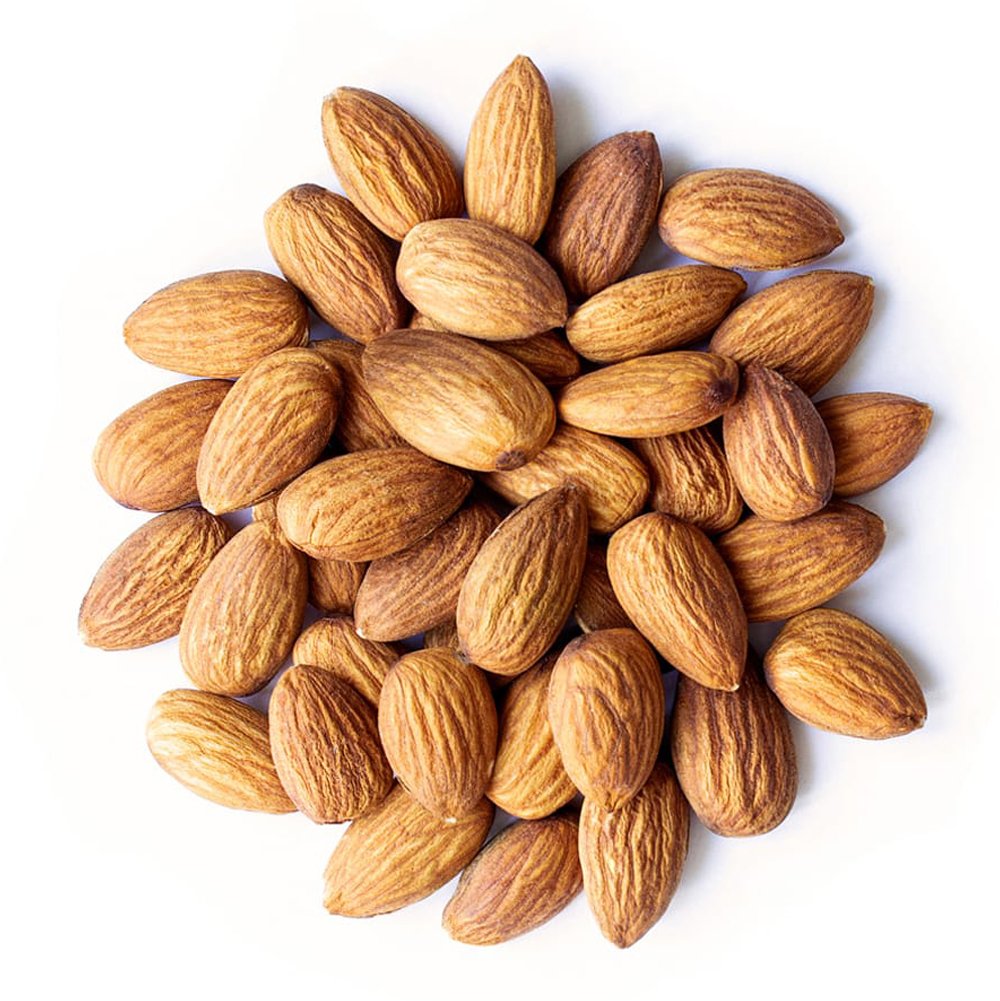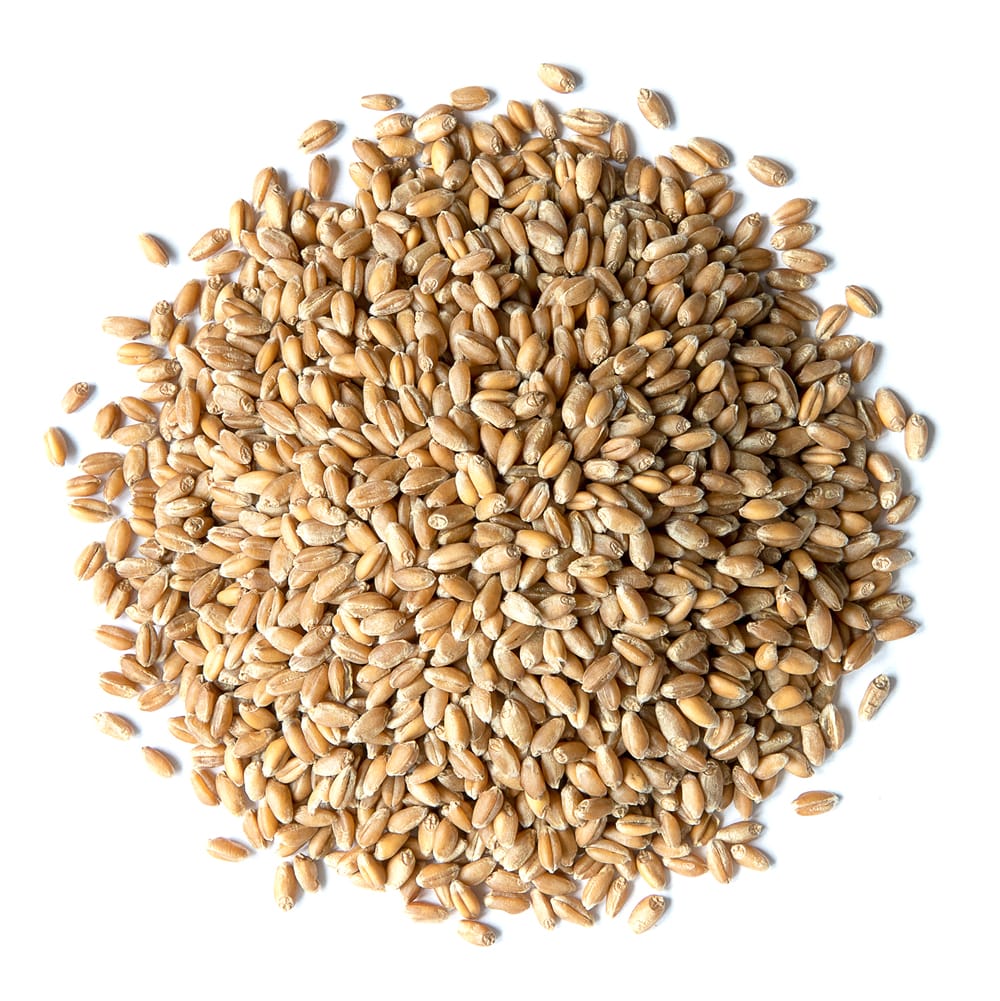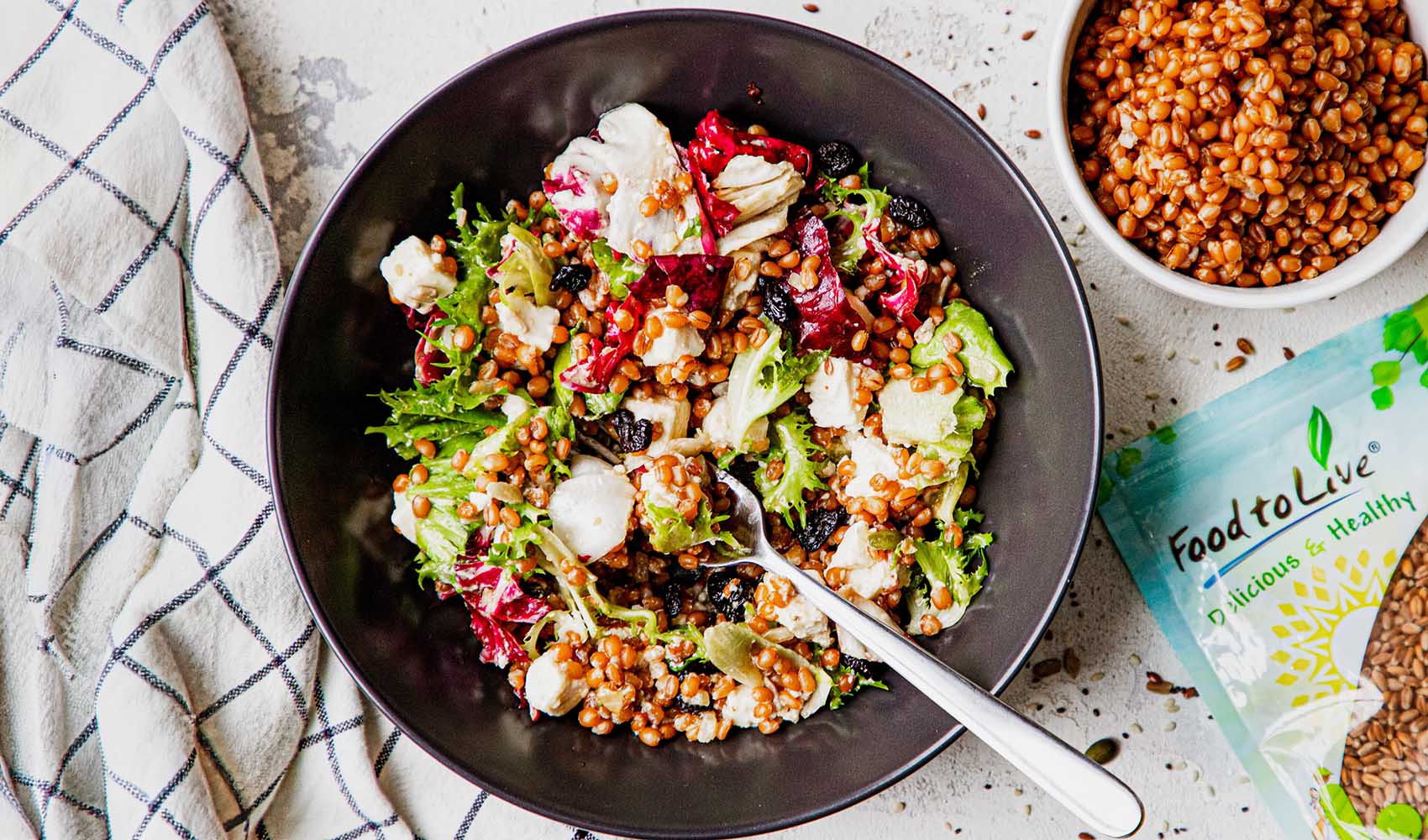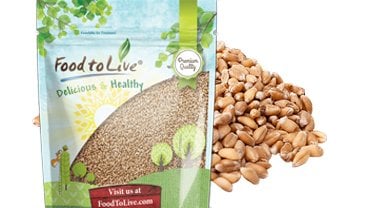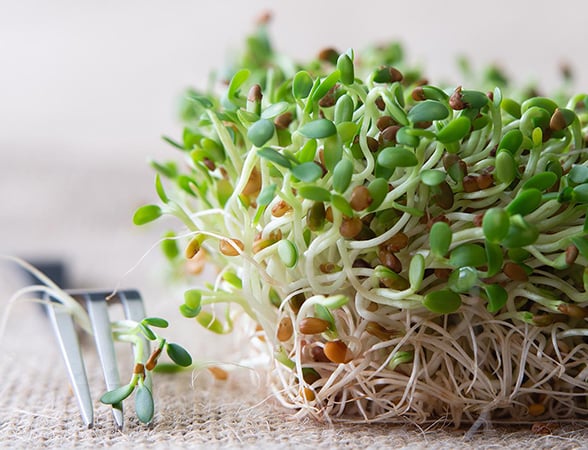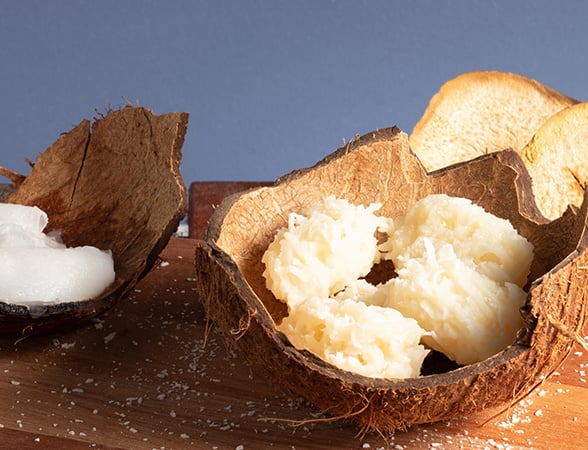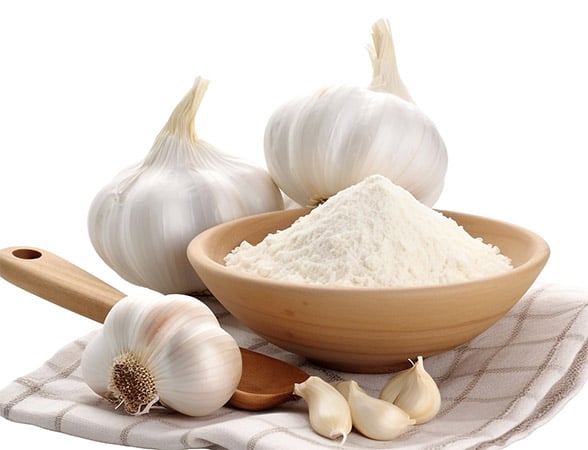March 07, 2016 · Written by Foodtolive Team
Wheat Berries: a Natural Nutrient Boost Available for Everyone
When reading the title, one can ask: “What new information can you offer about this food product that has been known to people for over 10,000 years?” Wheat – and wheat berries, the grains of this plant – is consumed all over the world and grown in many countries. However, not everyone is aware of the fact that there’s a great difference between whole wheat grains and foods made from processed wheat.
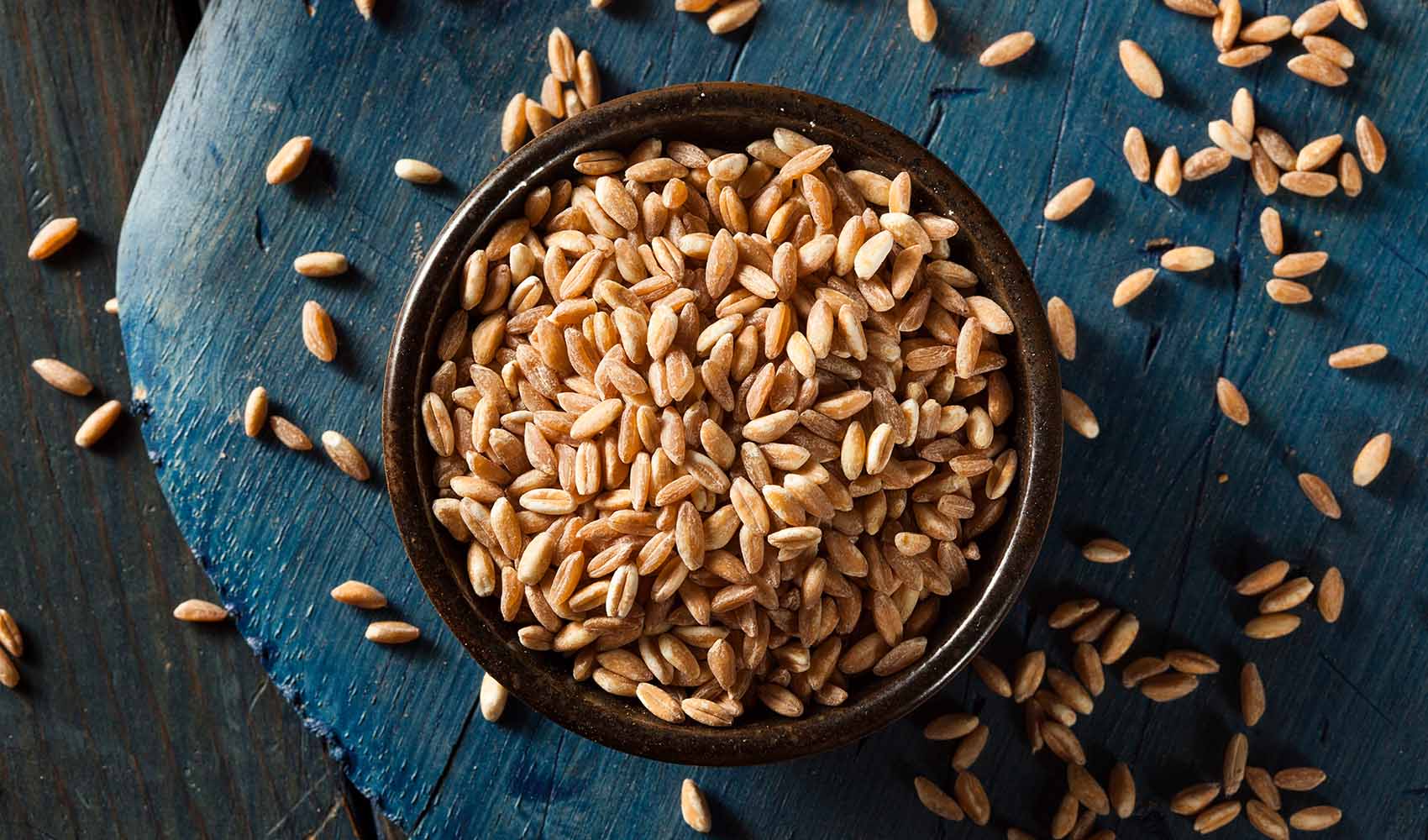
Wheat Berries Vs Processed Wheat
A wheat kernel consists of bran, germ, and endosperm, which are responsible for the immense nutritional value of this plant:
- Bran is an incomparable source of insoluble fiber, minerals, phytochemicals, and B vitamins complex.
- Germ contains oils, vitamins and antioxidants.
- Endosperm consists mainly of proteins and carbohydrates.
In the result of milling or some other kind of processing, the grains of wheat lose bran and a certain quantity of germ, depriving us of many nutritional and health benefits of this plant. On the average, grains lose up to 40% of their nutritional value. Therefore, only the consumption of whole grains will allow you to enjoy all their health benefits to the fullest.
Nutritional Value
100g of wheat berries contain:
- Dietary fiber – 4.2g (17 % of RDA)
- Fat – 2g (3% of RDA)
- Protein – 13g (40% of RDA)
- Carbohydrates – 71g (23% of RDA)
- Manganese – 1.05mg (30% of RDA)
- Copper – 0.9mg (9% of RDA)
- Magnesium – 31mg (8% of RDA)
- Pantothenic acid – 0.32mg (7% of RDA)
The grains are also rich in iron, zinc, selenium, phosphorus, and potassium. Along with B vitamins complex, they contain vitamins E, A, and K.
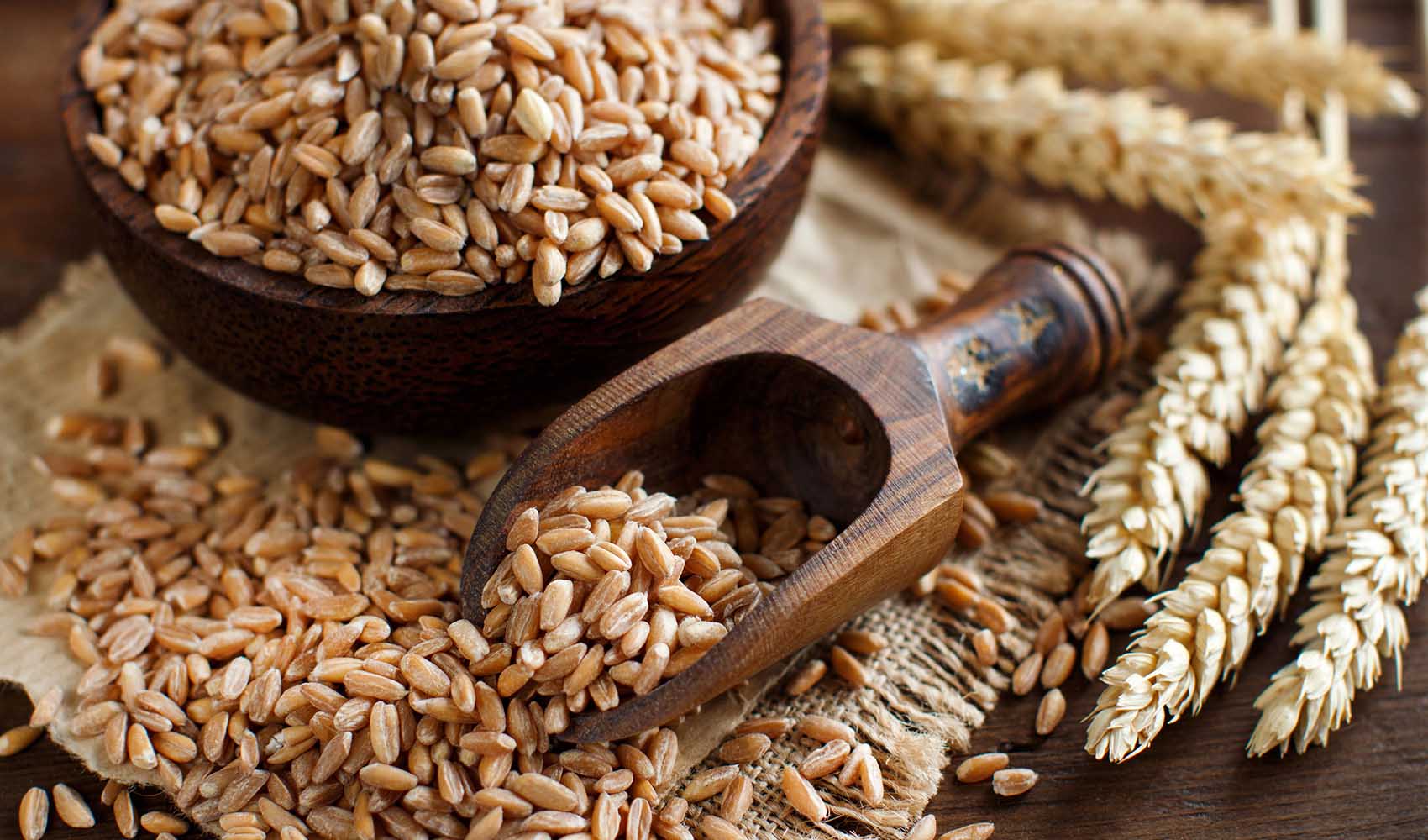
How Whole Wheat Grains Can Improve Your Health
Due to their uniquely rich content of nutrients, the grains give you the chance to live a longer, healthier, and happier life. They support high levels of energy and activity as well as increase your stamina. With their help, you can withstand various health conditions and protect yourself against serious ailments such as:
- Certain types of cancer.
Studies show that the consumption of around 30g of wheat berries daily lowers the risk of breast cancer. There are several factors that are essential. The first one is dietary fiber that acts like a potent anti-cancer agent. The second factor is a variety of particular phytonutrients that lower the level of estrogen in the body. Estrogen is a hormone the excessive quantity of which has been linked to the developments of this disease. The third essential factor is the rich content of antioxidants in the grains’ bran and germ: selenium, vitamin E, and certain phytochemicals. In the intestine, brain releases substances that bind up bile acids and enzymes that are thought to be triggers of colon cancer.
Although rich in carbohydrates, wheat berries have a low glycemic index. While eating them, you decrease the risk of type 2 diabetes due to their high content of magnesium. This mineral interferes with the work of the enzymes, which are responsible for insulin and glucose secretion, and along with fiber regulates sugar levels in the blood. - Cardiovascular problems.
The main role in preventing high blood pressure, heart attacks, and other cardiovascular conditions is played by phytonutrients with antioxidant properties. By fighting free radicals, they eliminate the causes of chronic inflammation, which has been shown to result in plaque forming in the vessels, the triggering of atherosclerosis, and the impairment of the immune system. Fiber helps lower bad cholesterol levels. The high content of potassium and phosphorus ensures normal blood pressure. - Problems with the digestive tract.
The acknowledged rule is: the more fiber, the healthier the intestine and the better it works. Dietary fiber makes an excellent prebiotic, thus promoting a healthy gut. This nutrient works as a laxative by enforcing bowel movement and preventing constipation. - Neurogenerative disorders.
Zinc, manganese, copper, magnesium, and antioxidants in wheat berries protect cell membranes from the damage by free radicals. Nerve cells are especially sensitive to their harmful impact. B-complex vitamins are beneficial for the proper work of the nervous system. Altogether, these nutrients make a firm shield against Alzheimer’s and Parkinson’s diseases as well as cognitive disorders.
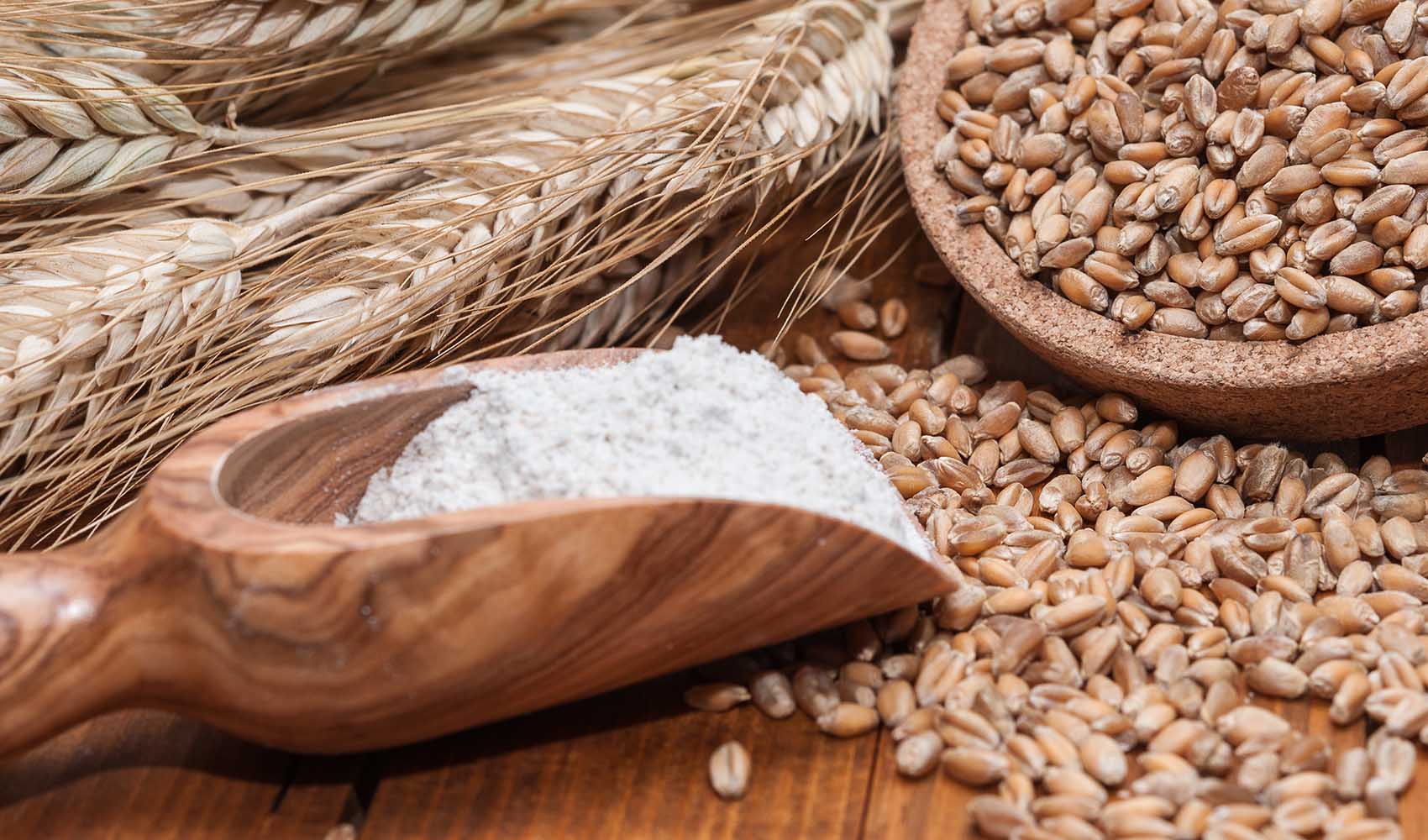
Numerous Ways to Enjoy the Rich Taste of Wheat Berries
On the whole, you can eat these grains in a great variety of forms chosen to your taste: cooked, ground, and sprouted. You can also grow wheatgrass. If you prefer to cook the grains, you will be able to enjoy their crunchy, chewy, and nutty taste. You can try the following ways of using them:
- Serve cooked grains as a cereal for breakfast. Add some milk or juice.
- Make a base for salads as they go well with boiled as well as fresh vegetables, nuts, and rice.
- Use them as side dishes.
- Cook soups, casseroles, and stir-fries with them.
- Whole grains acquire an especially unusual flavor when combined with sweet products: fresh and dried fruits, honey, berries as well as maple syrup or brown sugar.
- Boil them in fruit juice, vegetable broth or water with a little wine.
- To add flavor, put sliced garlic, onion, and a pinch of herbs half an hour before the end of cooking.
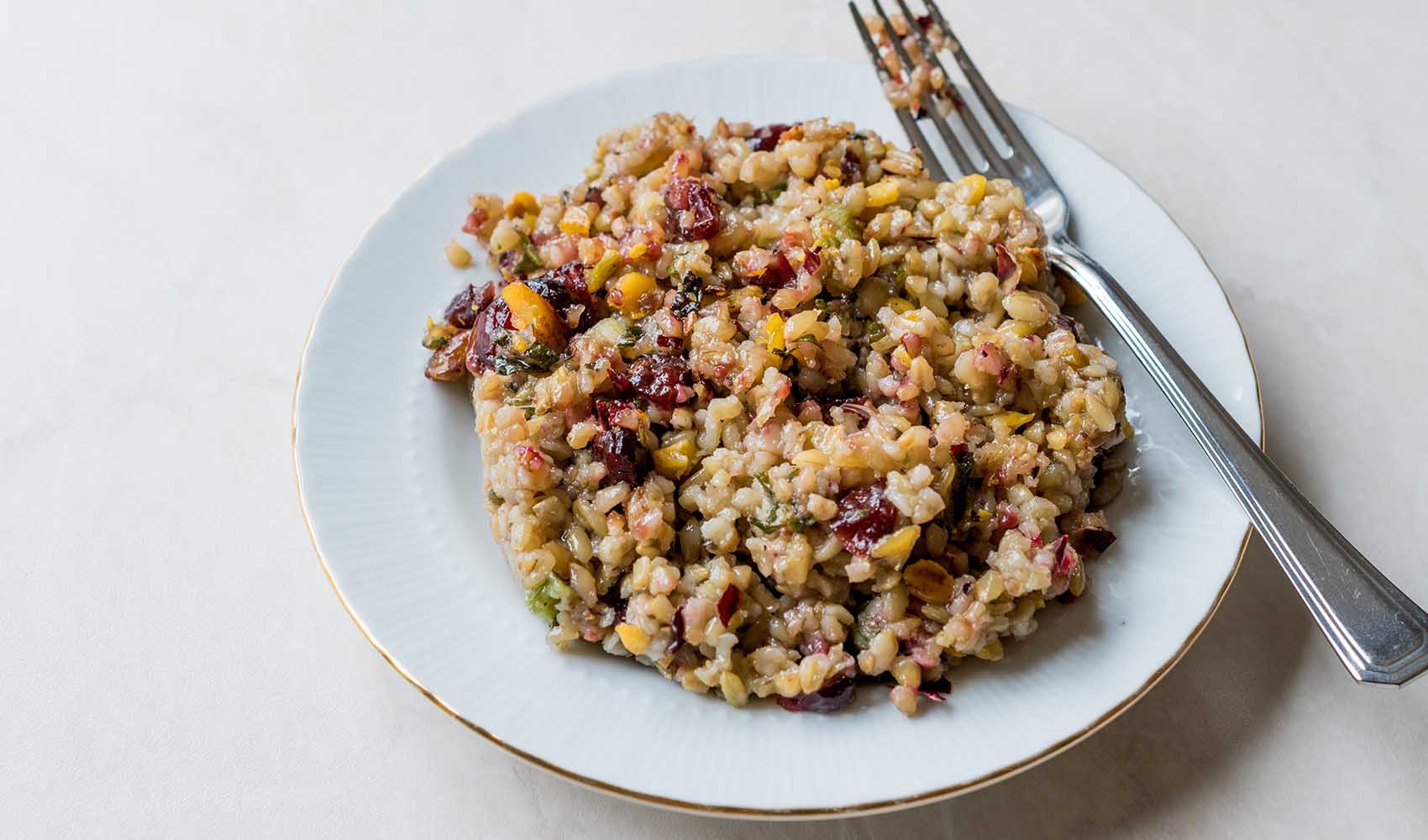
Rules for Cooking the Grains
Cooking wheat berries doesn’t require much effort, but can be rather time-consuming. To shorten the period of preparation, you can pre-soak them for 12 hours, although this isn’t obligatory. To reveal their flavor to the utmost, follow this method:
- Rinse 1 cup of grains thoroughly under running water until it turns absolutely clear.
- Pour 2 ½ cups of water or vegetable broth into a saucepan.
- Bring the water to a boil and add the grains.
- Again, bring to a boil and reduce the heat.
- Simmer for 50 minutes and then check the readiness of the grains. At this point, add sea salt, herbs, and/or spices. It’s not advisable to do this earlier because cooking will take more time.
- Make sure that all the water is absorbed and the grains are soft. Even if you slightly overcook them, they won’t become messy because of their hard texture.
You can prepare the grains in advance and keep them in the refrigerator for 5 to 7 days or in the freezer for up to 6 months. Unfreeze them before use.
Fruity-Veggie Wheat Berries Salad
Ingredients:
- Wheat berries, cooked – 1 cup
- Chickpeas, cooked – 1 ½ cups
- Peaches, peeled and chopped – 1 cup
- Blueberries – 1 cup
- Almonds, chopped finely – 1 cup
- Kale, raw, chopped – 1 cup
- Coarse sea salt – ¼ tsp.
- Black pepper, freshly ground – 1/4tsp
- Apple cider vinegar – 3tbsp
- Maple syrup – 1 1/2tbsp
- Flax oil – 1tsp
- Cinnamon – 1tsp
Sponsored by Food to live
Directions:
- In a large bowl, mix almonds, wheat berries, chickpeas, peaches, and blueberries.
- Using a small amount of water, cook the kale and add to the mix.
- Prepare a dressing of apple cider vinegar, maple syrup, and flax oil.
- Add sea salt, black pepper as well as cinnamon and mix thoroughly.
- Pour the dressing into the bowl and mix the salad carefully so as not to damage the soft ingredients.
- Serve either warm or cooled in the refrigerator.
Tips on Buying Quality Wheat Grains
You can buy wheat berries at local farmers’ markets, food stores, and supermarkets. Here are some tips to help you make the best choice:
- Select a shop with a good turnover to be sure that you buy fresh grains. It’s believed that their shelf life can be up to 5 years under the proper conditions. However, try to purchase a product that hasn’t been stored for such a long period of time.
- Make sure that any signs of moisture are absent.
- Buy the grains in sealed bags or containers where they are safer from oxidation.
Where and How to Keep the Grains
To avoid rancidity of the oils in germ, don’t keep them for a long time at room temperature. They should be kept in an air-tight container in a cool, dark, and dry place. The temperature shouldn’t be higher than 60 degrees Fahrenheit. Wheat berries can be refrigerated or frozen and stored for a period of up to 1 year. Before using them, let them warm up.

